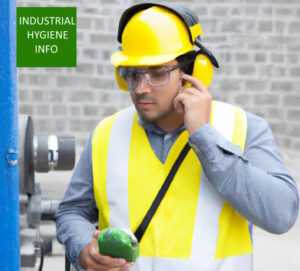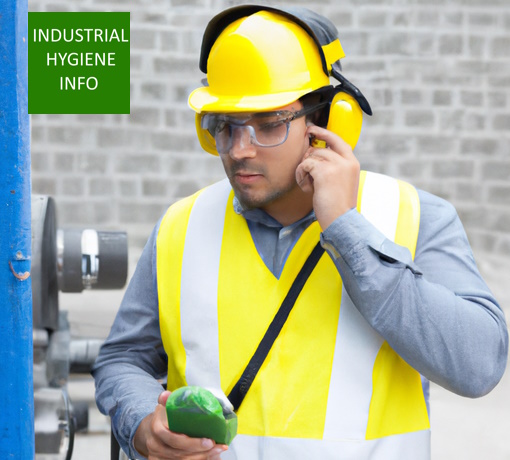In this short guide we will learn what is a worksite analysis in the context of Industrial Hygiene.
What is a Worksite analysis-Industrial Hygiene?
An Industrial Hygienist (also known as Industrial Hygiene Professional or Occupational Hygienist) is tasked with the anticipation, identification, evaluation and control of workplace hazards that may adversely affect worker health and safety. If you are new to Industrial Hygiene in the workplace, please see the fundamentals of Industrial Hygiene guide here or take the free Basics of Industrial Hygiene online course.
A worksite analysis is one of the first steps taken by an Industrial Hygienist at any new workplace. This is also sometimes referred to as a industrial hygiene assessment. During this process, the industrial hygienist identifies exposures, problem tasks, and risks, measures exposure to various hazards. The industrial hygienist inspects, researches, or analyzes how the particular chemicals or physical hazards, such as excessive noise and vibration of machinery for example affect worker health.
If the Industrial Hygienist assesses the situation as being hazardous to health then one or more appropriate measures are recommended.
What happens after the work site analysis is completed?
We will understand the concept better with industrial hygiene examples.
For example, if a new piece of machinery (say a large compressor) is producing a lot of ambient noise that can adversely affect hearing of workers, or cause them other kinds of psychological stress, then first the Industrial Hygiene professional will measure the actual ambient noise level where the worker is present, with the aid of an instrument such as a noise measuring instrument such as decibel meter.

Identification and Evaluation of workplace hazards
Then the actual readings over the 8 or 12 hour work shift span are measured on consecutive days when the machine will cycle through its different steps such as starting, stopping, etc , since these different operations may produce different levels of noise.
If the measured noise is found to be above the safe limits, then suitable engineering controls, administrative controls or work practice controls are enforced, so that the worker exposure to high noise level is minimized.
Control of workplace hazards
This may involve either modifying the machine itself (mounting it in an enclosure with remote controls outside or installing some kind of silencer), which comes under the category of Engineering Controls.
Or the worker may be asked to not remain the area for long times (lets say the worker starts the machine and leaves) while wearing appropriate personal protective equipment for ear protection, such as active noise cancellation earphones or ear muffs or ear plugs (Administrative controls and use of PPE).
Similarly after all such hazards have been identified the worksite analysis is complete and the recommendations are submitted to the management for implementation.
